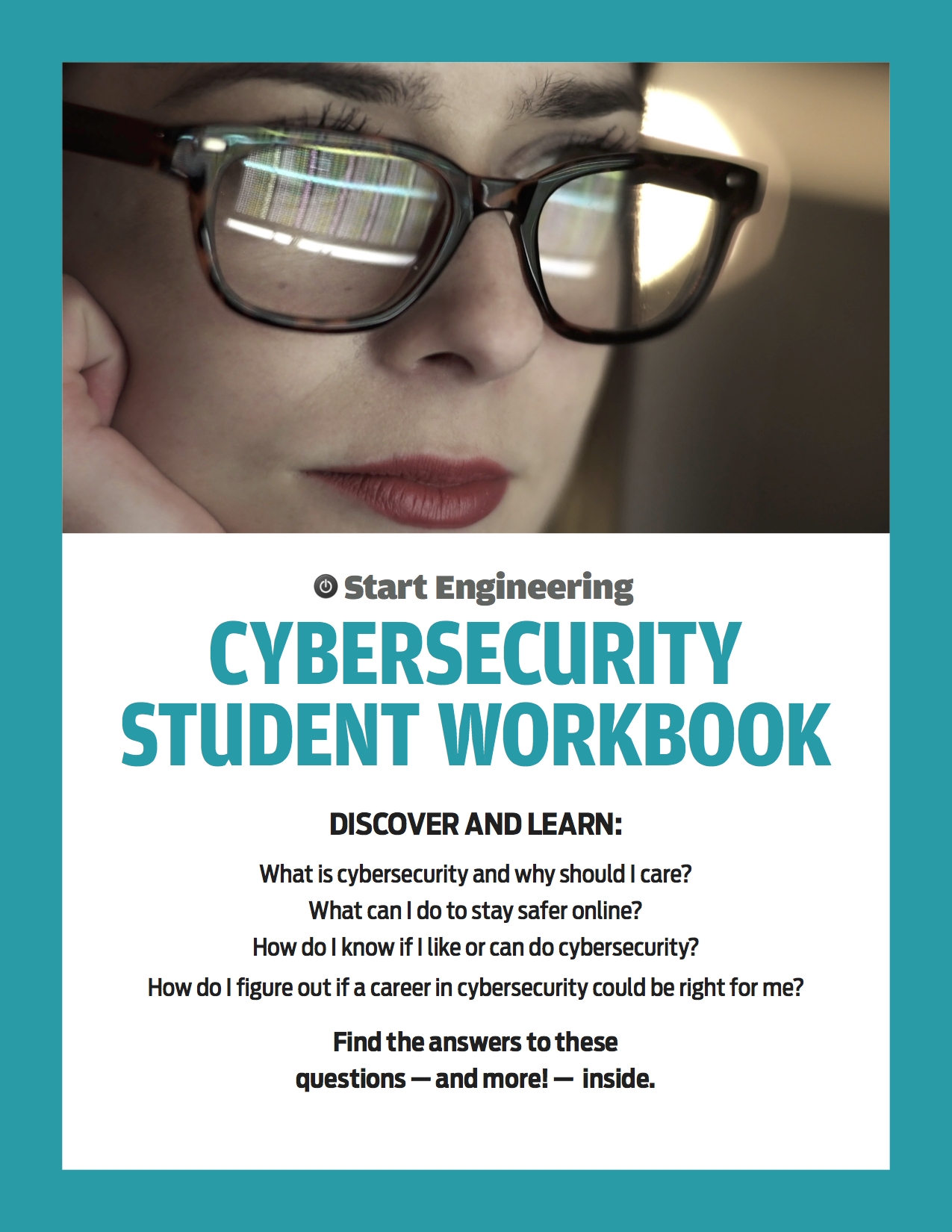A real cyber squeeze
As National Cybersecurity Career Awareness Week, or NCCAW, kicks off on November 12, two numbers underscore the urgency of the effort to grow the pool of students willing to consider a career in the field.
1.8 million – The shortfall in cybersecurity workers projected to exist by 2022.
2.5 – The ratio of cybersecurity workers to job openings now, compared to 6.5 overall. At a time when unemployment just fell to 3.7 percent.
In other words, the cybersecurity workforce is notably tighter than the overall job market at a time when demand for workers is doing nothing but accelerating. Short-term solutions run from recruiting more women and veterans to on-the-job training to machine-learning-based technology innovations. To crossing our fingers and hoping.
The story to save us
The longer-term solution is to enlarge the supply of potential entrants to the field. It’s telling a story about opportunities and pathways in cybersecurity that persuades girls, under-represented groups, and non-technical kids that the field could be right for them.
NCCAW is an effort of the National Initiative for Cybersecurity Education (NICE) to mobilize local, regional, and national resources in exactly this direction. A recurring theme is making an appeal to students beyond the traditional populations of computer-oriented, mostly male students already primed to consider work in the field. The toolkit assembled for the event, and available to any and all, marshals varied data points and wide-ranging arguments in this direction. See especially the “Conversation Starters” document for guidance.
What the needs are
A look at the current cybersecurity workforce highlights the need to reach a larger population of students.
At 26 percent minority, cybersecurity workers are more diverse than the overall workforce rate of 21 percent. However, minority workers skew lower in rank and pay than their white peers, notwithstanding education and experience levels.
At 14 percent female, the workforce offers up a large gender gap, with women also getting paid less and promoted less, even though they bring more degree credentials to their jobs than men do.
Not for nothing has the Girl Scouts’ new badge in cybersecurity attracted widespread attention and comment.
The future cybersecurity workforce will need to be larger and more diverse, to be sure. It will also need a wider variety of cognitive skills and attributes. Technical training is likely to be the simplest feature of the workforce to lock down. Indeed, a May panel of industry leaders identified “insatiable problem-solving skills,” the ability to work on teams, and fearlessness in the face of failure as paramount. And recent research efforts identify critical workforce attributes as, “the requirement for systemic thinkers, team players, a love for continued learning, strong communication ability, a sense of civic duty, and a blend of technical and social skill.” For a full, up-to-date, and sophisticated examination of cybersecurity workforce challenges, read the New America Foundation report on the topic.
Reaching a wider audience
To engage students who fit within the broad spectrum of cybersecurity workforce needs will require more substantive, nuanced ways of talking about the field. It must go beyond the common approach of focusing on hardware, networks, and operating systems. It will take integration of cybersecurity content across all the many different disciplines that work in the field can actually touch. That means, well, just about everything: law and regulation, governance, geopolitics, communications, ethics, organizational and individual psychology, and much else.
Cyber, cyber, everywhere
The NCCAW toolkit, for example, calls out cross-cutting cybersecurity dimensions in highly disparate fields:
Medicine
Agriculture
Industrial Control Systems
Banking
Fashion and entertainment
Start-ups
Illustrative rather than exhaustive, the discussion of these fields in the toolkit points up how the digital networks crucial to almost every line of business make cybersecurity a strategic necessity for economic viability. Cybersecurity can be almost any students’ angle of approach to the center of whatever industry in which they might be interested.
We’re trying to help
We wrote our Cybersecurity Career Guide with exactly this point in mind. To be sure, the pay and career options offer great rewards. But the diversity of opportunities in so many different kinds of environments means that students with all kinds of backgrounds and interests can find a place for themselves in the field.
Our Student Workbook takes kids through a learning journey that demonstrates this feature of the field and points them towards the areas in cybersecurity that could be right for them. We’re delighted to have partnered with NICE in making these two books prominent elements in the set of resources available to NCCAW participants.
And, finally
What have you seen work in the area of cybersecurity education and outreach? Do you have any experiences with workforce challenges?
We’re always interested in reports from the field! And please feel free to share with any interested friends or colleagues.
Eric Iversen is VP for Learning and Communications at Start Engineering. He has written and spoken widely on engineering education in the K-12 arena. You can write to him about this topic, especially when he gets stuff wrong, at eiversen@start-engineering.com.
You can also follow along on Twitter @StartEnginNow.
Brand new for 2018! Our new Cybersecurity Career Guide shows middle and high schoolers what cybersecurity is all about and how they can find the career in the field that’s right for them. A great pair with the recently updated version of our Start Engineering Career Guide.
We’ve also got appealing, fun engineering posters for K-2 and 3-5.
Our books cover the entire PreK-12 range. Get the one that’s right for you at our online shop.



